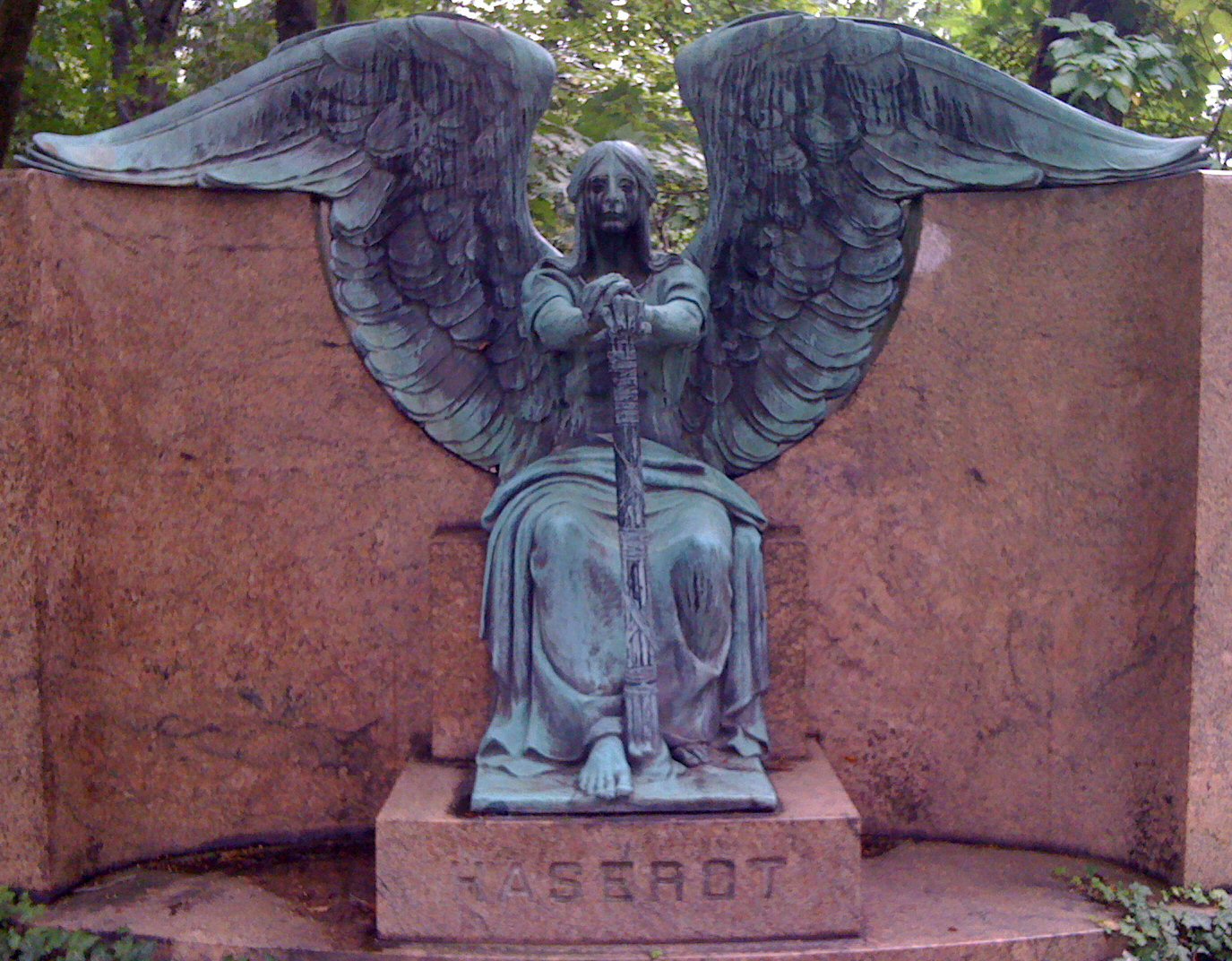Interesting Writing Techniques: Stephen King
I wasn’t all that impressed by Doctor Sleep. But Doctor Sleep did one thing in such an obvious fashion that it taught me a vital trick that Stephen King uses in almost all of his good novels.
Because in Doctor Sleep, unlike The Shining, there’s no real ticking clock for the heroes. They’re being chased by the True Knot – a group of elderly vampires who feed off of psychics. But it’s established that if Danny and Abra hid, there would be a good chance the True Knot couldn’t find them. And maybe the True Knot would have easier prey to find. Which usually isn’t that compelling a story, because hey, if the heroes can slink away and the villains might wander off, then who the heck cares?
The trick is, thanks to a plot twist earlier in the story, it’s revealed that the True Knot has to capture Abra, or risk dying. It’s the villain who has the ticking clock, not the hero. And Doctor Sleep is a little lopsided here because yes, the heroes could still hide and maybe the True Knot would just die on their own, but they go out and face down the True Knot because It’s The Right Thing To Do.
That wasn’t quite as satisfying. But then I thought of all the great Stephen King books where the villains are having their stakes raised at the same time as the protagonist is:
Yes, Dennis is slowly figuring out his friend Arnie has been taken over by the ghost of Roland D. LeBay in Christine – but Roland/Arnie is also being investigated by the police thanks to Will Darnell’s drug dealing, and the noose is closing tighter around Christine.
In The Stand, the heroes are struggling to survive – but Randall Flagg is going mad because there are things he can’t quite see, and some of his most trusted lieutenants are leaving him, and goddammit why are things crumbling now that he should be ascendant. (The same can be said of IT‘s terror that the children are something new to IT.)
In Under the Dome, Big Jim is trying to cover up both his meth operation and his lunatic son, and hold on to control of an increasingly erratic and demoralized police force.
As writers, we’re frequently told “raise the stakes,” which often translates to “make things worse for the hero.” Which leads to a mostly-static antagonist, who exists only to pile hazards upon the heroes.
But King often makes things worse for his villains, which is a beautiful trick now that I recognize it: it allows him to start out with villains who hold all the cards, making them seem unbeatable. And then their power gets chipped away by the actions of the heroes and their own mistakes, slowly raising the pressure on them, until by the end confrontation they’re beaten down and desperate. The reader’s more involved because she knows that not only is this showdown important for the heroes, but knows that the villain’s got it all riding on this as well. This is vitally important for not just one but two people, and as such even though we know good will mostly triumph (this is a Stephen King book, after all), we’re equally invested in seeing how the villain fails.
Part of this is just because Unca Stephen gives his antagonists the same careful attention to characterization as his protagonists, of course – and if you have them on-screen for as long as Stephen often does, you’ve gotta give them some character arc. But I think of all the stories I’ve read where the villain exists in his own hermetically-sealed world, with no problems at all aside from this pesky hero… and it’s not nearly as satisfying as the villain fighting on two or more fronts, with the hero exacerbating his existing problems.
Well done, Mr. King. Well, maybe not in Doctor Sleep, but thanks for making it obvious enough that I could elucidate it.

